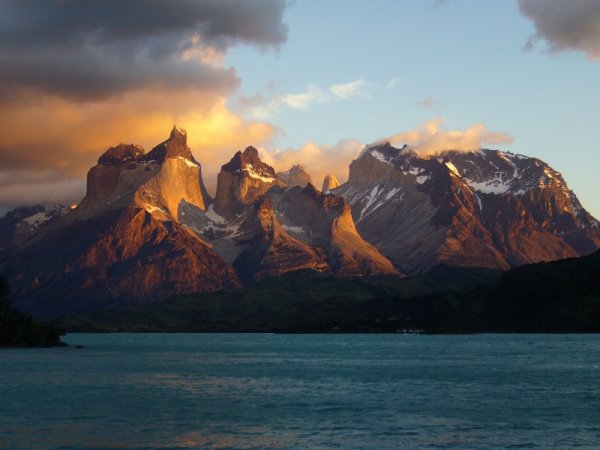yanomami.net – Mercedario, a prominent peak in the Andes mountain range, stands tall at 6,720 meters (22,050 feet). Located in the Argentine province of San Juan, this majestic mountain offers a challenging yet rewarding climb for experienced mountaineers.
A Remote and Rugged Beauty
Mercedario is renowned for its remote location and rugged terrain. Its isolation and harsh climate contribute to its pristine beauty and challenging conditions. The mountain’s steep slopes, high altitude, and unpredictable weather make it a formidable adversary for even the most experienced climbers.
A Technical Climb
The most common route to the summit of Mercedario is the Normal Route, which ascends the mountain’s western flank. This route involves technical climbing, including glacier travel, crevasse rescue, and steep snow slopes. Climbers must be well-equipped and experienced in high-altitude mountaineering to successfully summit this peak.
A Unique Ecosystem
The arid environment of the Andes, where Mercedario is located, limits the diversity of life on the mountain. However, some hardy species, such as vicuñas and Andean condors, can be found in the lower elevations.
A Cultural Icon
Mercedario, like many other Andean peaks, holds cultural significance for the indigenous communities that inhabit the region. The Inca people revered mountains as sacred sites, and many Andean peaks, including Mercedario, are still considered to be spiritually significant.
For those who are drawn to the adventure of high-altitude climbing, Mercedario offers a unique and unforgettable experience. Its remote location, challenging terrain, and stunning scenery make it a truly special destination for mountaineers.

